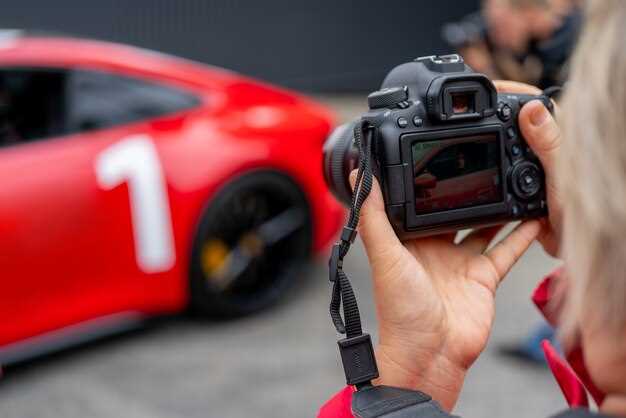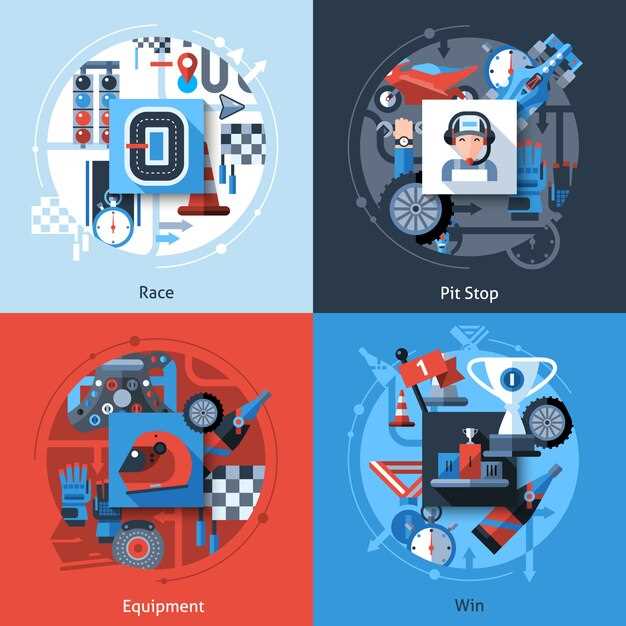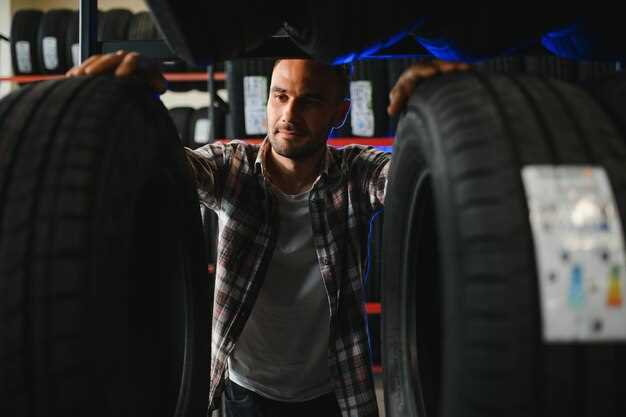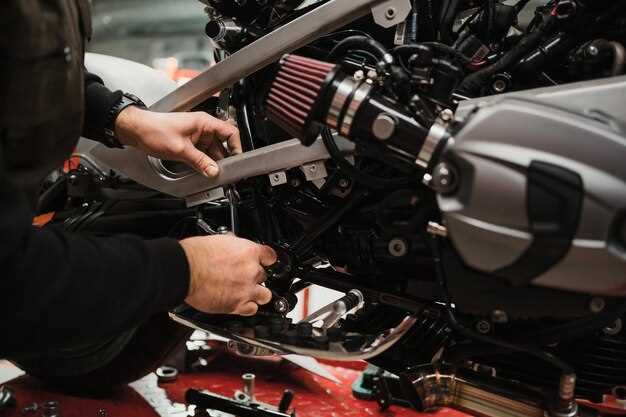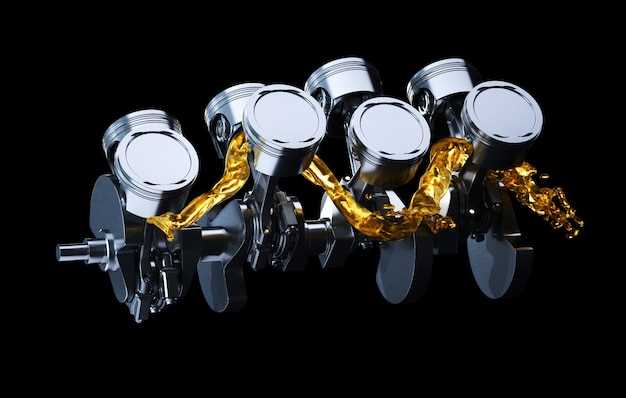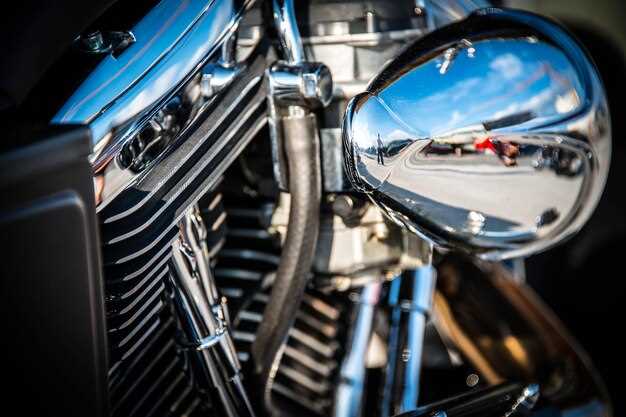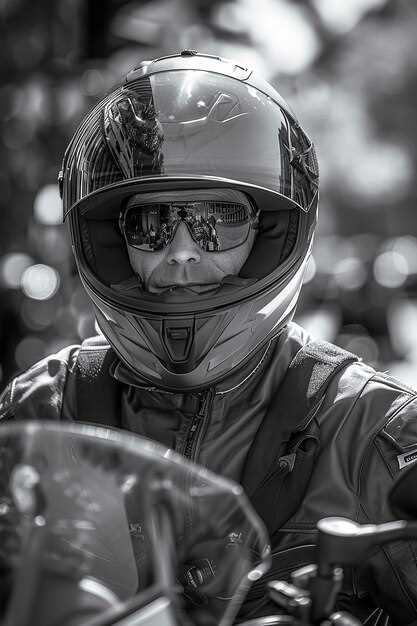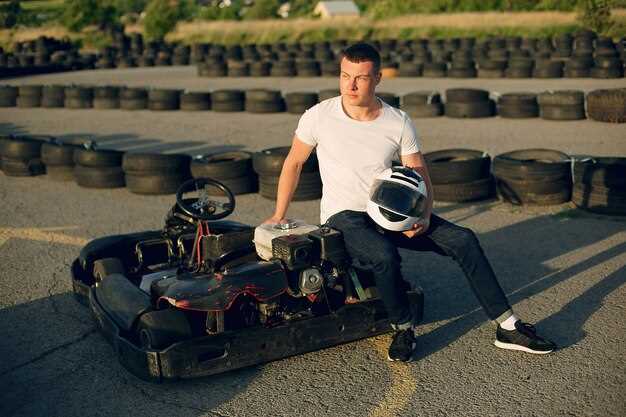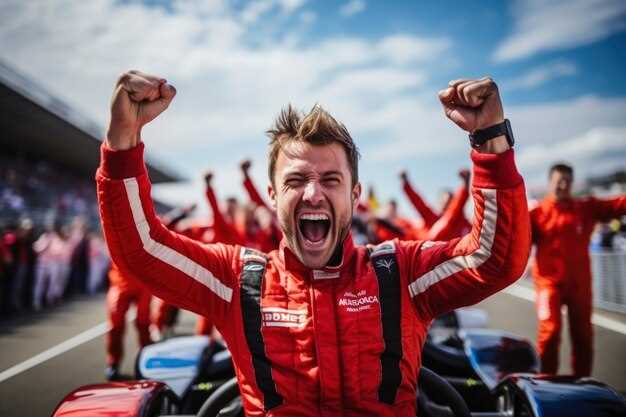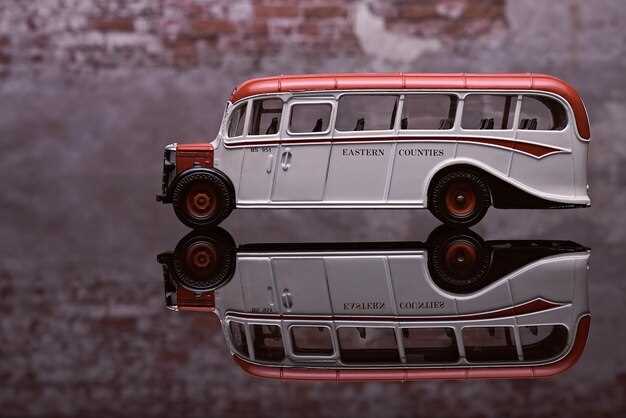
For collectors of Volkswagen Motorsport memorabilia, the presentation of their collection is as important as the items themselves. A well-curated showcase not only highlights the richness of your collection but also expresses your passion for VW Motorsport. Whether you are a seasoned enthusiast or a newcomer, creating an engaging display can transform individual pieces into a narrative that captivates viewers.
Choosing the right display techniques is crucial for maximizing the visual impact of your VW Motorsport items. From vintage racing posters to diecast models, each element deserves careful consideration. Utilizing display cases, shadow boxes, and shelving can enhance the overall aesthetic while protecting your prized possessions. The goal is to create an environment where each item stands out, inviting visitors to explore the stories behind them.
Moreover, lighting plays a significant role in showcasing your collection. Proper illumination can draw attention to specific pieces, enhancing their color and details. By integrating dynamic lighting solutions, you can create a stunning display that transforms your collection into a focal point of admiration. With thoughtful planning and creativity, your VW Motorsport collection can be a true testament to your dedication and passion for automotive culture.
Choosing the Right Display Case for Your VW Memorabilia

Selecting the perfect display case for your VW memorabilia is essential for both protection and aesthetic appeal. A good display case not only showcases your collection but also preserves its condition over time. Here are some important factors to consider when choosing a display case:
- Size: Measure your memorabilia carefully to ensure that the display case can accommodate each piece without crowding or damage. Consider both height and width, as well as the overall volume needed.
- Material: Display cases can be made from various materials, including glass, acrylic, or wood. Glass cases offer clarity and elegance, while acrylic provides lightweight durability. Wooden cases add a classic touch but can be heavier.
- Style: Choose a style that complements the theme of your VW collection. Modern, sleek cases may suit contemporary pieces, while vintage designs may enhance older memorabilia. Ensure that the style aligns with your overall home decor as well.
- Lighting: Consider whether the display case includes built-in lighting to highlight your memorabilia. LED lights are energy-efficient and can enhance the visibility of your collection while reducing UV exposure.
- Accessibility: Look for cases with easy access features, such as hinged doors or sliding panels, allowing you to rearrange or clean your collection without hassle.
- Protection: Ensure that the case provides adequate protection against dust, moisture, and potential physical damage. Look for cases with UV-filtering glass to prevent fading of colors over time.
By carefully considering these factors, you can select a display case that not only highlights your VW memorabilia but also keeps it safe and in excellent condition for years to come.
Arranging Your Collection: Tips for Visual Appeal
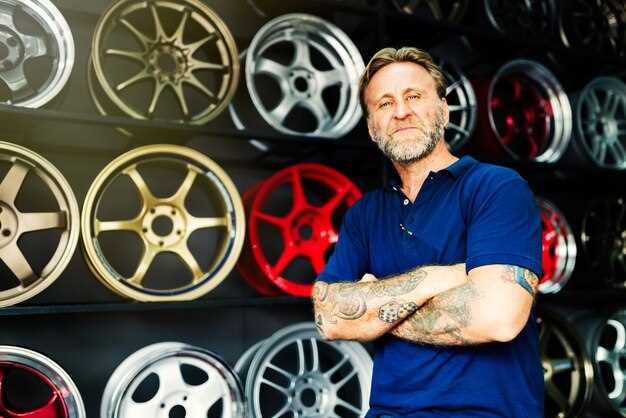
When it comes to showcasing your VW Motorsport collection, proper arrangement is key to creating a visually stunning display. Start by selecting an appropriate case that complements the theme of your collection. A well-lit display case enhances the visibility of your items and brings out their colors and details.
Consider grouping items by category, such as car models, memorabilia, or event-specific collectibles. This organization not only makes it easier for viewers to navigate through your collection but also highlights the unique aspects of each category. Use display shelves at varying heights to create depth and interest. This technique draws the eye to different pieces and prevents a flat appearance.
Incorporate color coordination by arranging items that share similar hues or themes. This approach can unify your collection and provide a cohesive look. Additionally, consider the use of backdrops; a neutral or themed backdrop can enhance the overall aesthetic without overwhelming the collection.
Lighting plays a crucial role in creating visual appeal. Utilize soft, spot lighting to draw attention to key items while avoiding harsh shadows. Display cases with built-in lighting can add an extra layer of sophistication and ensure that every detail shines.
Finally, remember to leave some space between items to prevent a cluttered look. Adequate spacing allows each piece to stand out, inviting viewers to appreciate the craftsmanship and history behind each item in your VW Motorsport collection.
Maintaining Your Display: Cleaning and Preservation Techniques
To ensure that your VW Motorsport collection remains in pristine condition, regular maintenance of your display and case is essential. Dust and grime can accumulate over time, affecting the appearance of both the items and the display itself.
Begin with a gentle dusting using a soft, microfiber cloth to avoid scratches. For glass cases, choose a glass cleaner that does not contain ammonia, as this can damage certain finishes and surfaces. Spray the cleaner onto the cloth rather than directly onto the glass to prevent overspray and ensure even application.
For models and collectibles not encased in glass, use an anti-static brush to remove dust particles without causing scratches. Avoid using cloths that can create static electricity, as this may attract more dust.
Preservation is equally important. Keep your display away from direct sunlight to prevent fading and deterioration of colors. Monitor the humidity levels in the display area; ideally, it should be between 40-60%. Excess moisture can lead to mold, while low humidity may cause cracking.
Consider utilizing UV-resistant cases for your collection. These cases protect against harmful UV rays while still allowing visibility. Regularly inspect your display for any signs of wear or damage, and take immediate action to rectify issues, ensuring that your VW Motorsport artifacts remain a source of pride for years to come.



